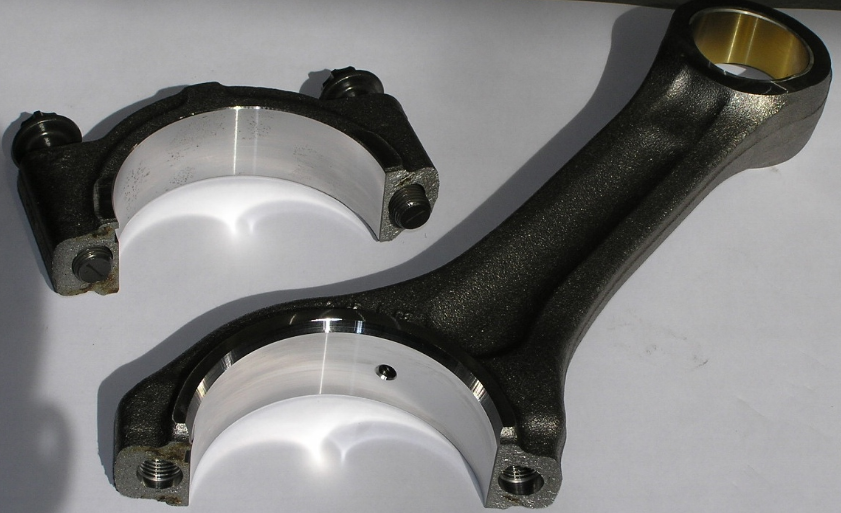The installation of connecting rods into an engine is a crucial step in the assembly process. This task calls for a high level of precision, as the connecting rods have a pivotal role in transforming the linear motion of the pistons into rotational motion of the crankshaft. In this guide, we delve into the installation process of connecting rods, from preparation to installation and final inspection.
The Role of Connecting Rods in an Engine
Connecting rods act as a conduit between the pistons and the crankshaft in an internal combustion engine. By linking these critical components, they help transform the piston’s linear movement into the rotary motion needed to drive the vehicle’s wheels. Ensuring these rods are properly installed is therefore essential for optimal engine operation.
Preparations Before Installing Connecting Rods
Before commencing with the installation, it’s paramount to clean and inspect the connecting rods. This entails cleaning off any residual oil or dirt and inspecting for any signs of damage or wear. Moreover, checking that the rods are straight is a prerequisite, as any bending could compromise the engine’s performance.
The Process of Installing Connecting Rods
The process of installing connecting rods begins with their positioning onto the crankshaft. They should be carefully aligned to ensure that the piston travels correctly within the cylinder. The rod bolts are then inserted and hand tightened before being torqued to the specifications provided by the engine manufacturer.

Securing the Connecting Rods
With the connecting rods installed on the crankshaft, they are secured using the connecting rod caps. These caps need to be aligned perfectly with the rods and torqued according to the manufacturer’s instructions to secure the fit and ensure optimal operation.
Post-Installation Checks
After installation, it’s crucial to check the operation of the connecting rods by manually turning the crankshaft. The rotation should be smooth and without obstruction, signifying that the rods are correctly installed.
Keeping Your Connecting Rods in Peak Condition
Understanding how to install connecting rods correctly is only one part of ensuring your engine’s peak performance. Regular inspections and maintenance, alongside timely replacements of worn-out components, are essential to the longevity and overall health of your vehicle’s engine. As such, gaining proficiency in these areas is an invaluable skill for any automotive enthusiast.